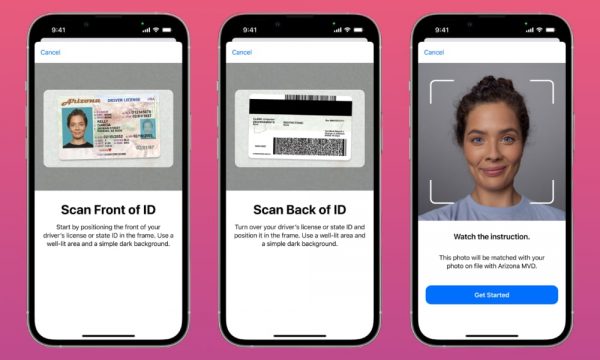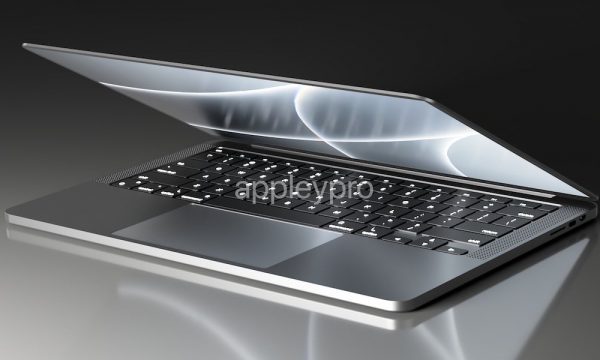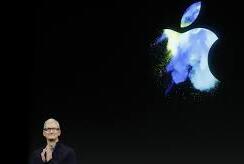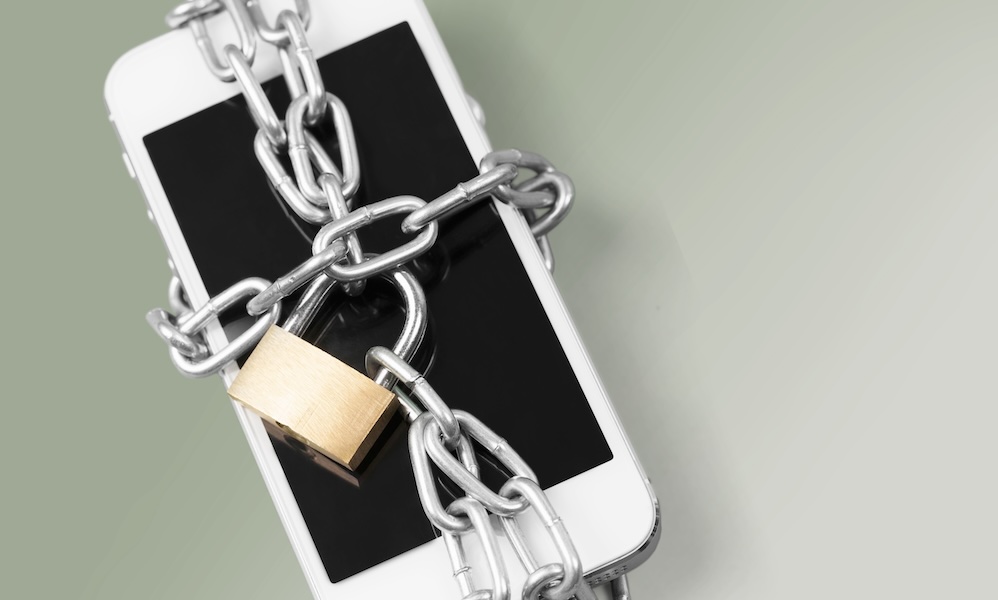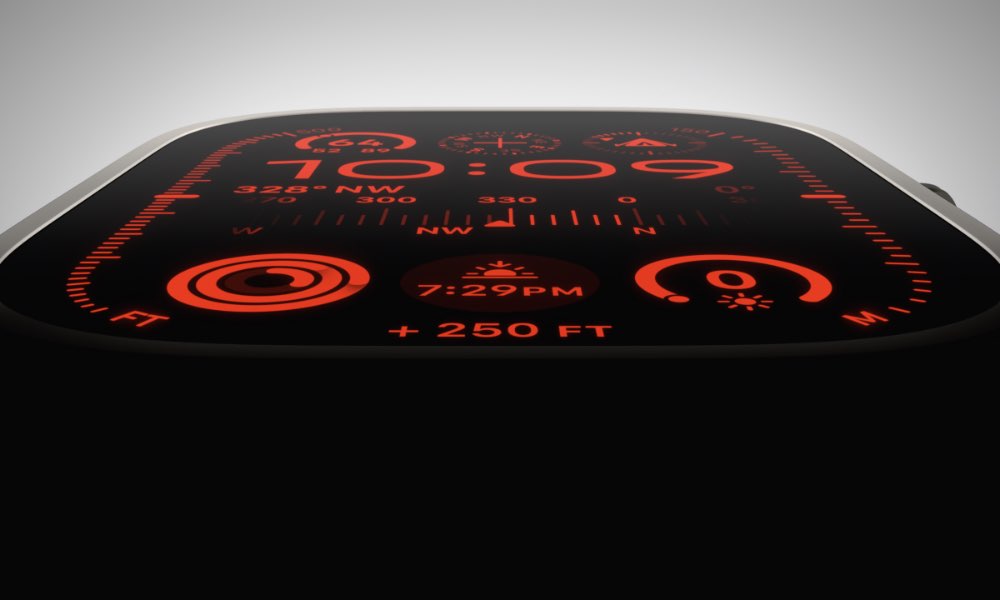You’ll also need a reasonably modern iPhone; the feature is limited to the iPhone 12 and later models, and Apple doesn’t explain the reasons for this limitation. Still, it’s pretty easy to make an educated guess: the A14 Bionic chip that debuted in the iPhone 12 doubled the number of Neural Engine cores, from 8 to 16, enabling over 11 trillion operations per second. The extra machine learning horsepower is likely needed to pull off the deeper facial analysis.
This latest development is likely the culmination of at least two years of work in this area. Apple has been taking baby steps toward this since the pandemic began in early 2020, almost immediately tweaking iOS 13.5 to bring the password prompt up more quickly and then finding a way to let your Apple Watch help out in iOS 14.5.
However, while it still has a few minor tradeoffs, this latest development is substantially better, as it’s “true” Face ID, compared to the previous Watch-assisted method, which was considerably more limited. Read on to learn more about how to use Face ID without removing your mask!
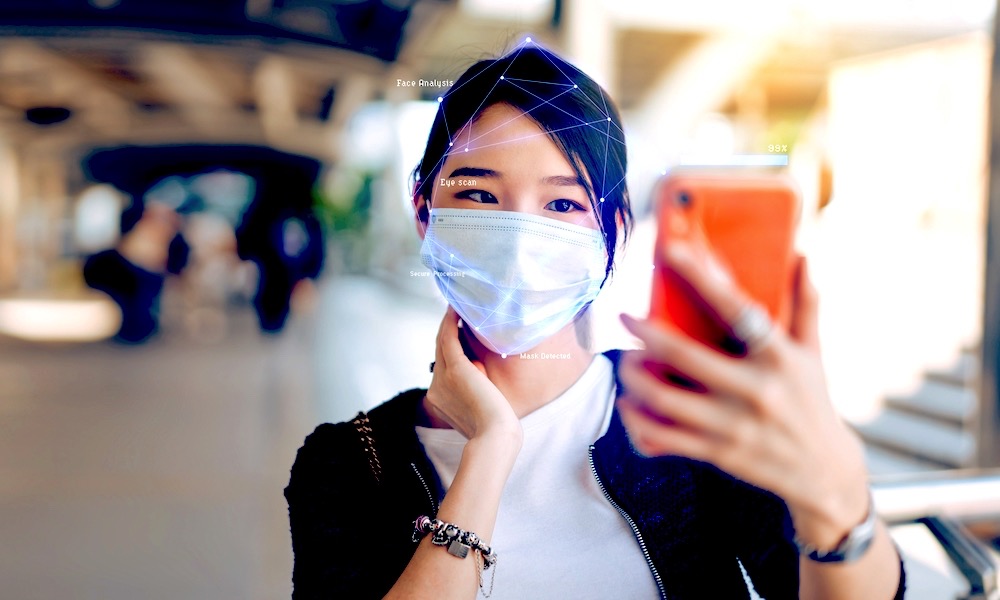 Credit: dodotone / Shutterstock
Credit: dodotone / Shutterstock




